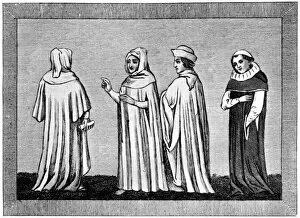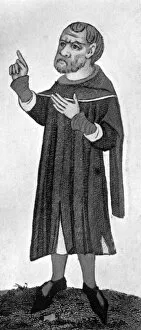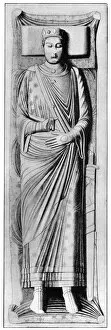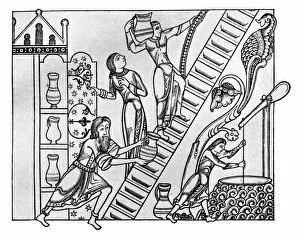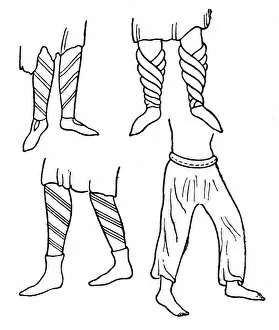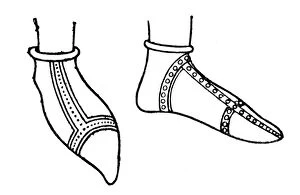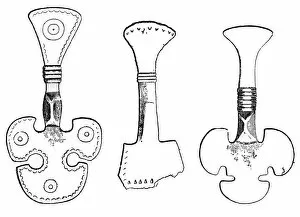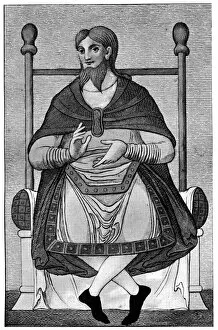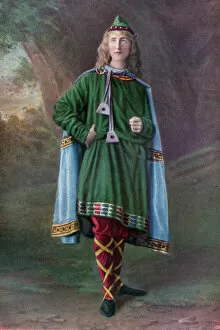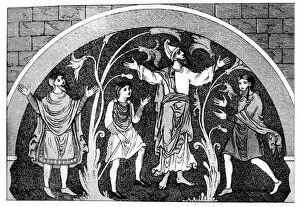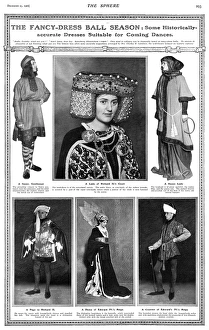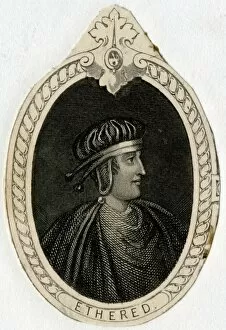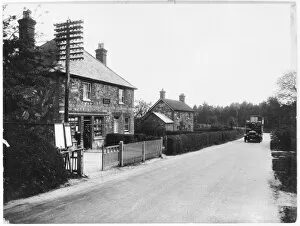Ashdown Collection (page 4)
"Exploring the Enchanting Ashdown: A Glimpse into Forest Row's Rich History" Step back in time to the picturesque village of Forest Row
All Professionally Made to Order for Quick Shipping
"Exploring the Enchanting Ashdown: A Glimpse into Forest Row's Rich History" Step back in time to the picturesque village of Forest Row, nestled in the heart of Sussex during the 1950s. One cannot help but be captivated by the allure and charm that Ashdown exudes. Delve into a moment frozen in history as Miss Macbeth skillfully plays a shot out of a bunker at the prestigious Ashdown Forest Club Ladies Meeting in 1909. This event marked an era where elegance and grace were celebrated on these hallowed grounds. Unearthed from ancient chronicles, we find records dating back to Aethelred's reign, reminding us that even centuries ago, Ashdown was steeped in significance and historical importance. As you wander through this enchanting land, let your ears be serenaded by the melodies of yesteryears with a glimpse at the Fancy-Ball Polka music sheet. Transport yourself to an era where joyous celebrations echoed through every corner. The beauty extends beyond its forest borders; venture further to Gill's Lap for breathtaking views or ascend Crowborough Beacon for panoramic vistas over East Sussex's rolling hills. Gaze upon nature's masterpiece as you stand atop Ashdown Forest, marveling at how it frames South Downs' majesty. The view is nothing short of awe-inspiring—a testament to Mother Nature's artistry. Immerse yourself in fashion history as Isabella of Bavaria dons her iconic forked headdress from 1435 or explore timeless garments like The Paltock and The Lady Barkley from centuries past—each piece telling stories untold until now. And if adventure calls your name, hop aboard the legendary Ashdown Express—an exhilarating journey through time and space that will leave you breathless with excitement. Ashdown beckons all who seek solace amidst nature's embrace while immersing themselves in a tapestry of history and culture.

